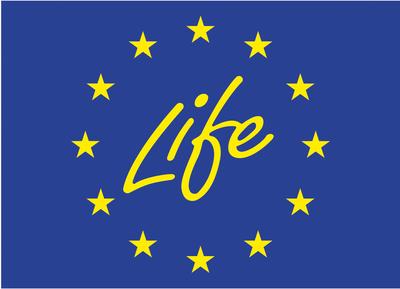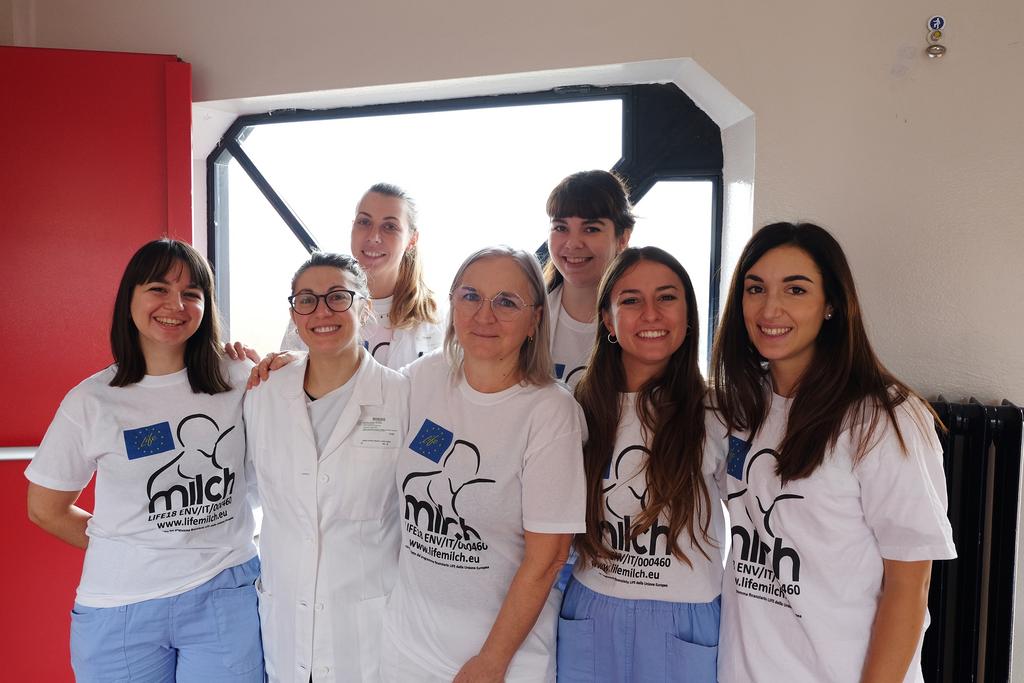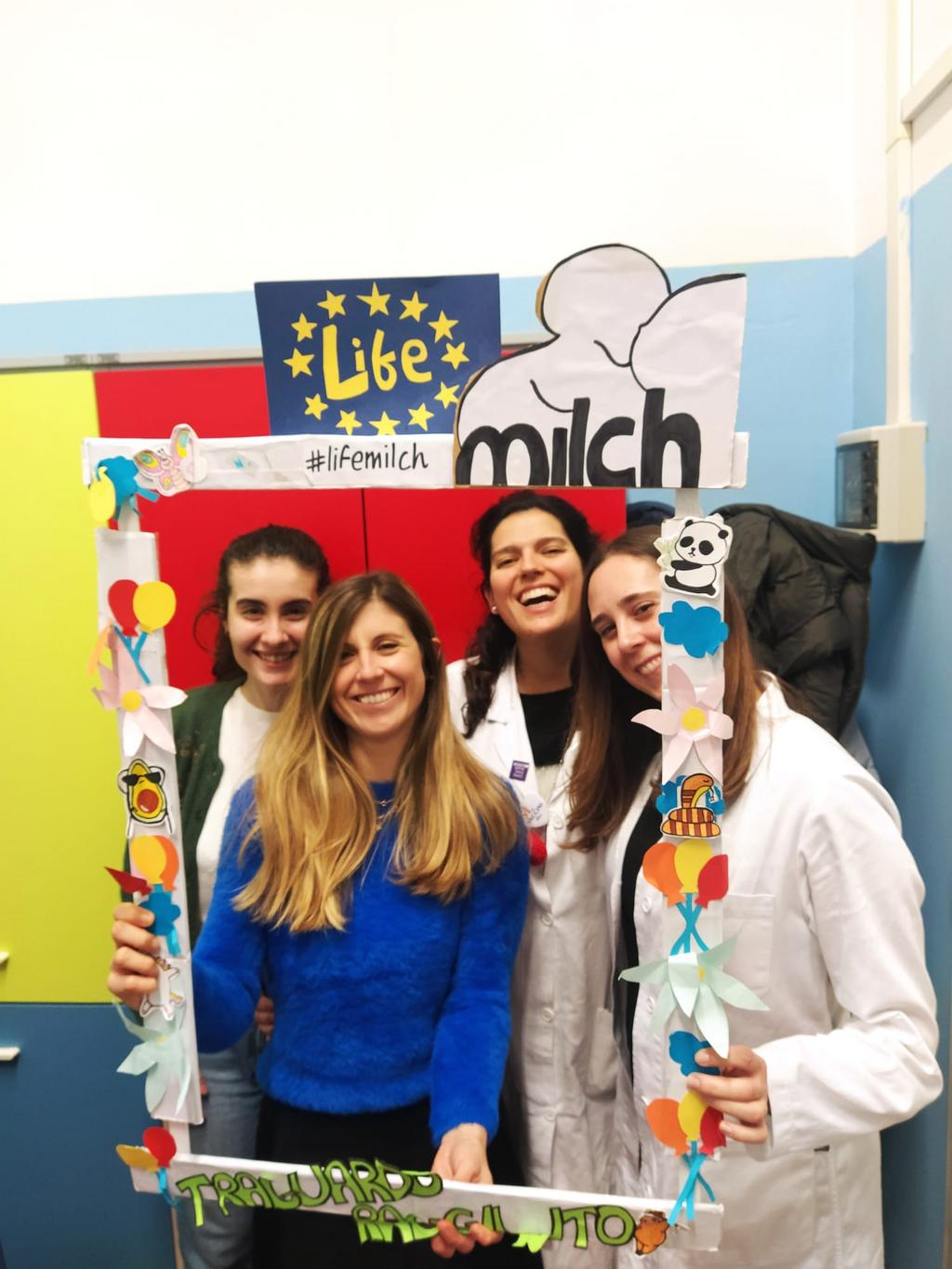Loading...
What a great way to end 2022!
20-12-2022/
Posted by
Giulia Berni/



We are happy to report that the research teams from Parma and Reggio Emilia finalised the first part of the bimonitoring activities; and finally completed the last follow-up encounters with 12 months-old babies and their mothers who choose to participate to the Life-MILCH project.
In Cagliari, the team managed to recruit about 150 dyads and is now planning the next following meetings.
The team groups from Parma and Reggio Emilia finished the planned visits on December 23th, with a total number of 168 mother-baby dyads visited at Ospedale Maggiore in Parma, and 223 mother-baby dyads visited at Ausl-IRCCS of Reggio Emilia.
The ultimate goal of the Life-MILCH project is to evaluate the presence of Endocrine Disruptors Chemicals in breast milk, and the consequent possible effects it can have on child development during the first year of life; the project also aims to develop strategies for preventing maternal and infant exposure to EDCs.
Across the first year of life of each baby recruited, the research group successfully conducted several growth and development assessments, and EDCs levels assessments on the mother-infants dyads who were involved in the program.
The clinical visits and evaluations outlining the twelve-months period of life under consideration are the following:
- Newborns undergo a first medical check-up to assess growth and development parameters within the first 24 hours of life;
- At the end of the first month of life a second medical visit is conducted to monitor same parameters. Biological samples are collected from both mothers and infants (breast or artificial milk and urines of both); a test known as “Face Preference Paradigm” is performed to evaluate the babies’ spontaneous visual preferences;
- At three-months of age, babies undergo the same procedure; the experimental paradigm in this case is known as “face-to-face-still-face” and it helps investigating the infant socio-emotional response to stress;
- At six months of age, the same procedure si repeated (clinical visits and biological samples’ collection); infants undergo the “the Fagan Test” which assess the ability to discriminate between familiar and new stimuli. A group of selected dyads participating to the program are submitted to the Bayley II Scale of Infant Development;
- At 12-months after birth only the infants’ urine is collected. Two procedures are carried out, the Barrier Task, aimed at evaluating the baby temperament, and the Bayley III Scale of Infant Development.
- To conclude, the Life-MILCH team groups have reached a remarkable milestone; at this very moment, in-fact, many biological samples are being analyzed and parameters on infants’ growth, development, and behavior in relation to the presence of EDCs in the surrounding environment are being processed and codified.
To learn more about Life-MILCH project’s steps and procedure click here or follow us on our social pages Instagram, Facebook, Twitter


